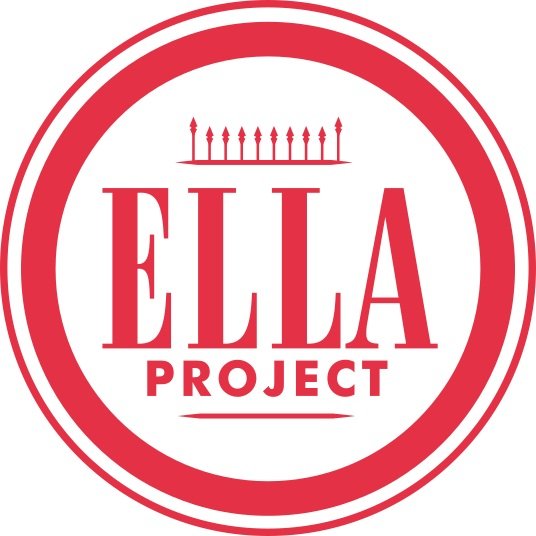Rampart Preview-Donating to a museum with David Kunian
The Ella Project is excited for the upcoming release of Rampart: A Musicians Guide to Estate Planning and Readiness, our first publication coming our later this year. Here’s a preview of Rampart, an interview with David Kunian, Music Curator of the New Orleans Jazz Museum, on what people need to know about donating to museums and how to be prepared.
By Jann Darsie
Have you ever thought about donating something to a museum? How does it work and how do you find out what they want?
The Ella Project recently spoke with David Kunian, curator at the New Orleans Jazz Museum, to get the answers to these questions and more. At the branch of the State Museum housed in the historic Old U.S. Mint, the focus is on Louisiana music. But other museums have similar criteria, Kunian said.
David Kunian, New Orleans Jazz Museum
His position is two-fold, involving both the archives and the exhibitions. The museum features a series of rotating exhibits exploring the city’s and Louisiana’s music history and culture. “We have a team that decides the theme, what items to display, how to access or borrow what is needed, and, of course, the text and explanations that accompany the exhibition,” he said.
He is also in charge of the archive, both for the New Orleans Jazz Museum and for the Louisiana museum system’s music collection. There are some 70,000 pieces in this collection, including instruments, records, sheet music, photographs and a variety of ephemera.
The museum is always looking for donations of any items related to the music culture of Louisiana. And although the museum’s focus is on jazz, they also collect items from other music genres, such as blues and zydeco.
With any donation, the donor must show legal ownership of the item by gifting, inheritance or purchase.
For example, recently a homebuyer found the blueprints to Al Hirt’s music club, long forgotten and left behind in the attic. Recognizing their value, the property owner contacted the New Orleans Jazz Museum.
“Another recent donor called to donate his late father’s extensive 78 RPM record collection,” Kunian said. To begin the process, he was asked for a list of the titles and proof that he was the owner.
Some of the criteria for acceptance include:
• Does it fit the needs of the archive?
• Is it in good enough condition?
• Does it fill a void in the collection?
• Is it something they may want to exhibit or loan to another museum?
• Is it important in the context of the history of music in Louisiana?
“Other considerations include the size, and if we can actually take care of it. It is much easier to think about accepting a sousaphone than a baby grand piano, for instance,” Kunian said.
“But having said that,” he continued, “we are always looking for things, and they do seem to pop up out of nowhere sometimes. For example, we recently took in films collected by Yoshiro Toyama, the Japanese trumpet player who was a huge fan of Louis Armstrong. We also got a donation of the last clarinet that George Lewis ever played in public.”
What’s on their wish list now? “We would love to have a piece of Louis Armstrong’s boyhood home on Jane Alley!” Kunian said. “So if anyone reading this has one, or knows anyone who has one, please contact me.”
“It All Started in Jane Alley: Louis Armstrong in New Orleans,” focusing on Armstrong’s early life and the city’s role in shaping his music, is the museum’s new permanent exhibition.
So how did Kunian become a music curator? He has always had a great love for music and took piano lessons for years. He also has worked in media since age 16, specializing in radio. Soon after moving to New Orleans, he began working at WWOZ, where he produced a dozen or so radio documentaries.
His work was primarily grant-funded, so when those funds started to dry up, Kunian began thinking about his next step. As a history buff, he realized that music history combined both of his strong interests. This led him to pursue a master’s degree in musicology at Tulane University, finishing in 2014.
By happy coincidence, the very next year, the New Orleans Jazz Museum was revived and was in search of a curator. And David Kunian became the natural choice.
For details on donating to the museum, go to nolajazzmuseum.org/donate and scroll down to “Other Ways to Give.” If you have a historical item to donate, email info@nolajazzmuseum.org with the subject line “Donation” for more information.
RAMPART is supported by a grant from the Emily Hall Tremaine Foundation. Additional funding is provided by by a grant from the Louisiana Division of the Arts, Office of Cultural Development, Department of Culture, Recreation and Tourism, in cooperation with the Louisiana State Arts Council, as administered by Arts New Orleans. Funding has also been provided by the National Endowment of the Arts.”


